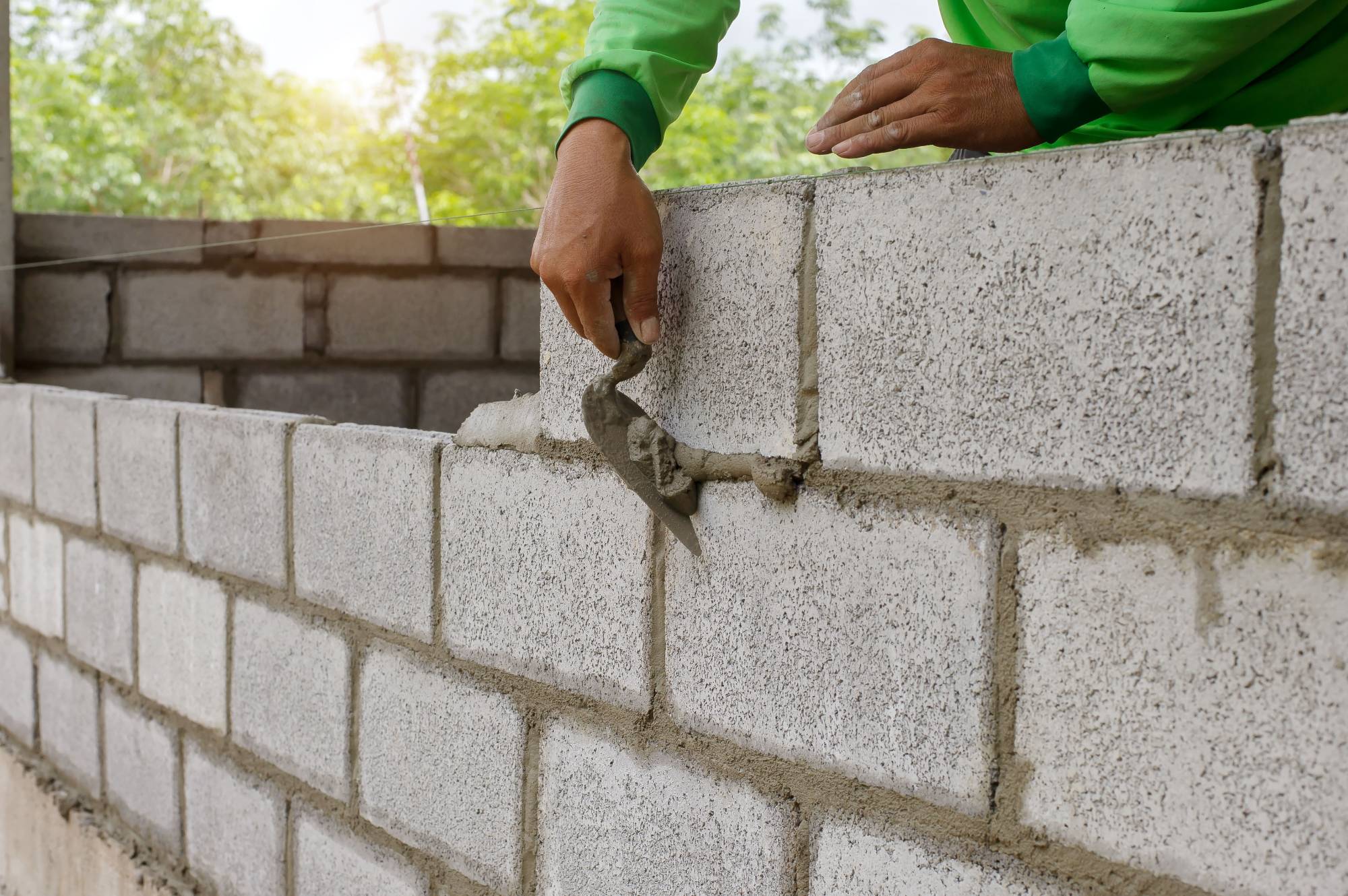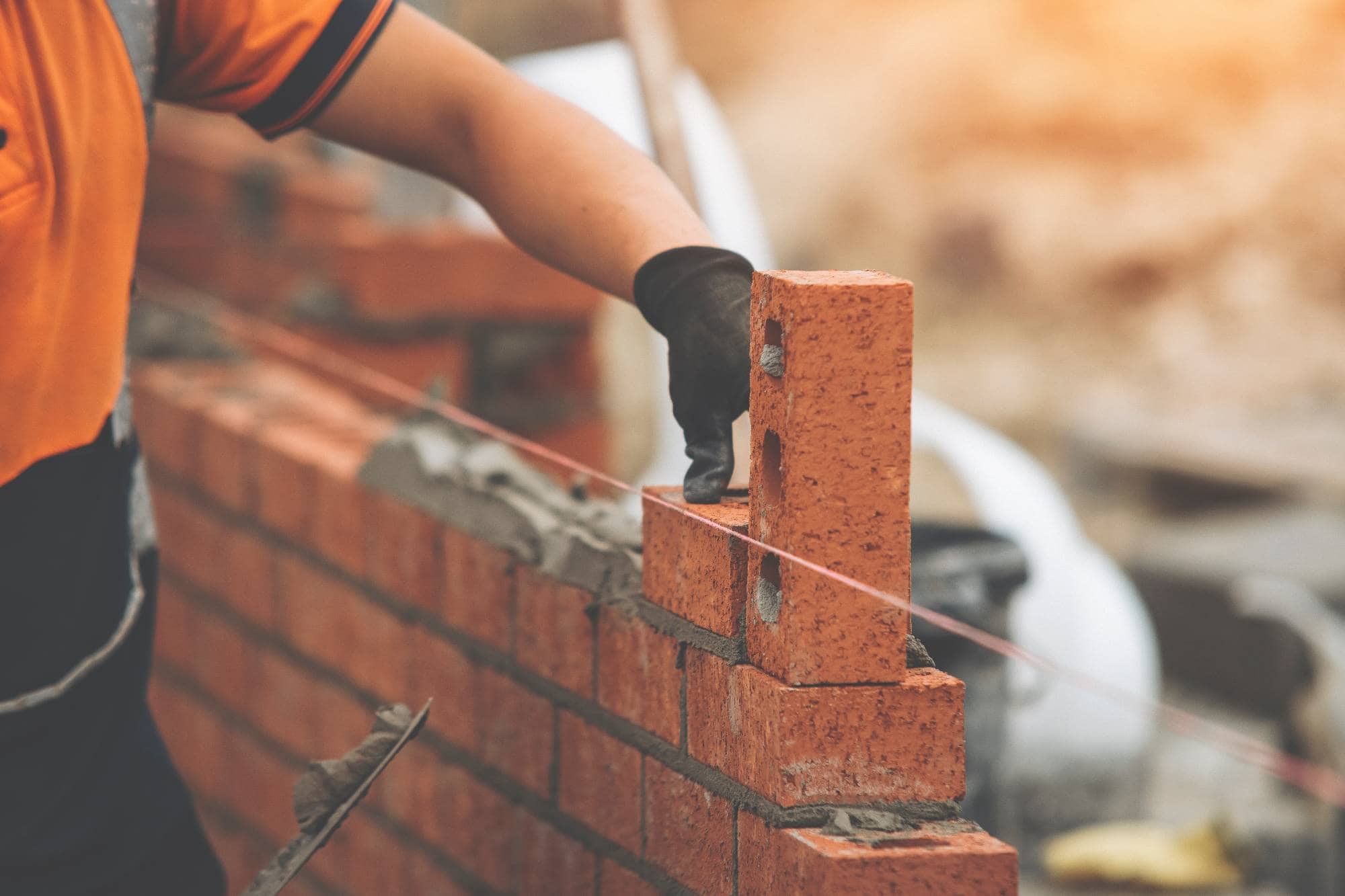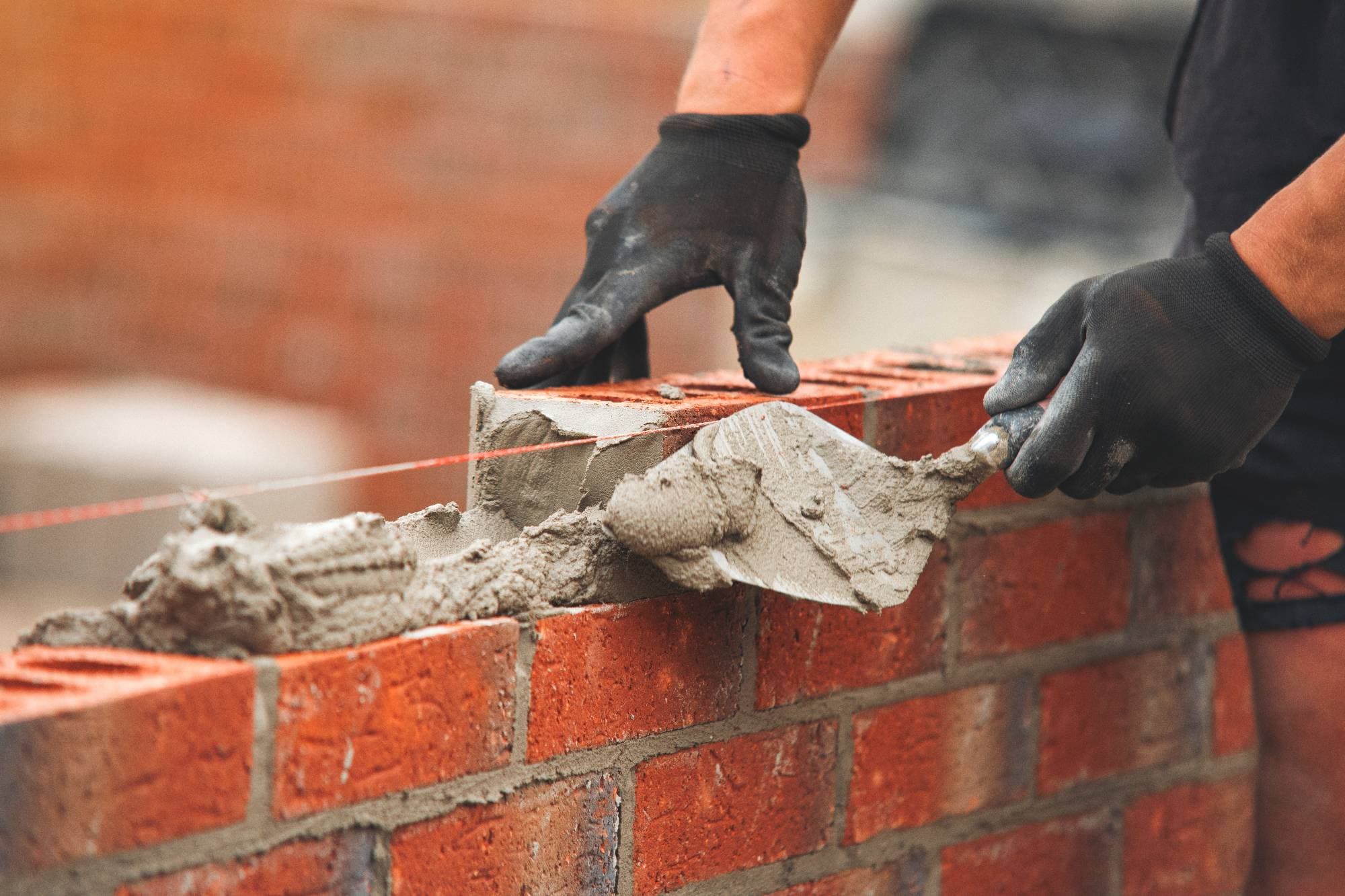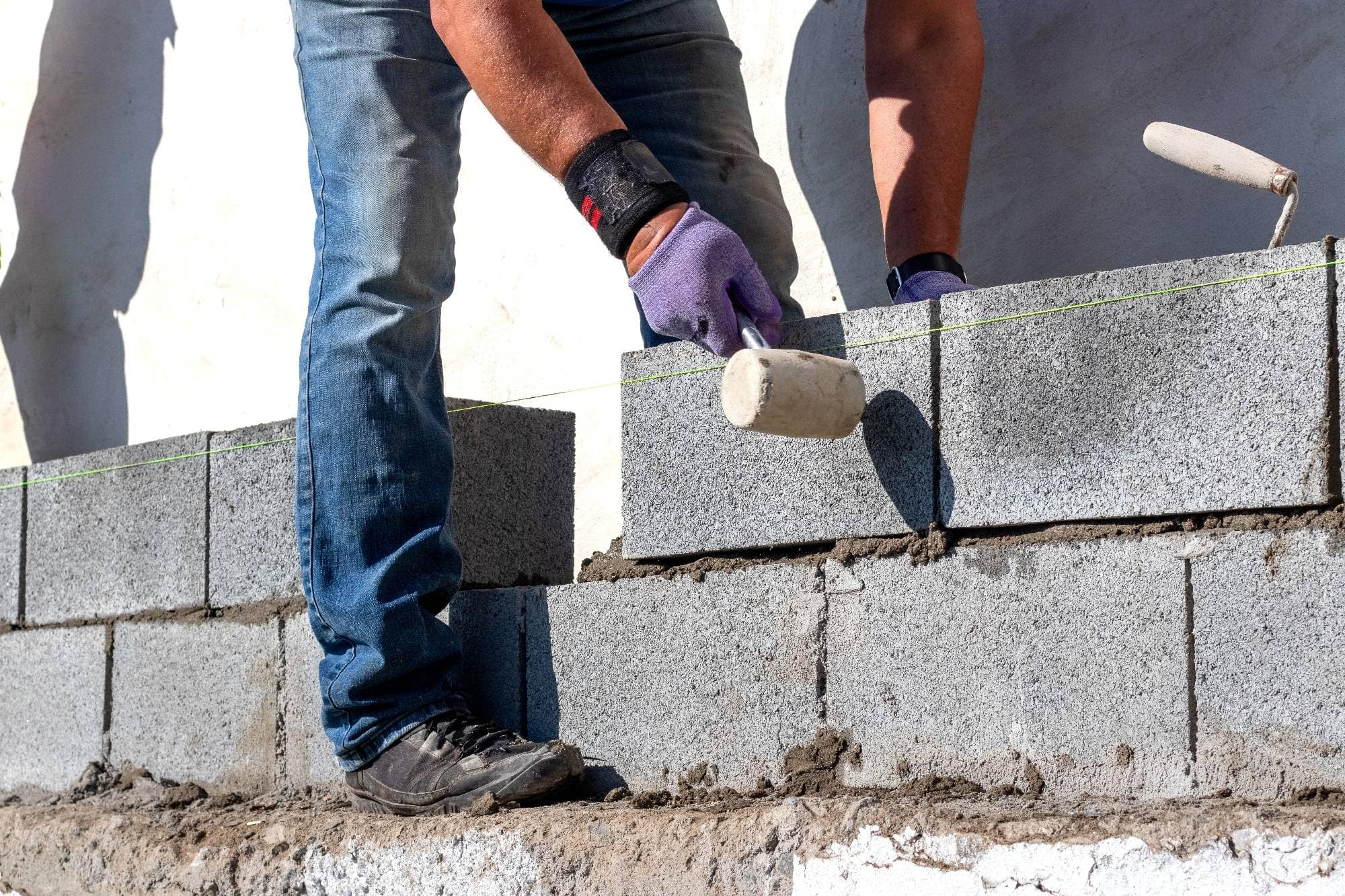Expert masonry contractor solutions that prevent costly damage and extend your chimney’s life in Bristol County.

Hear from Our Customers

When your chimney’s masonry is properly maintained, you’re not just fixing visible problems—you’re preventing the expensive disasters that come later. Water stops penetrating through deteriorated mortar joints. Your heating system runs more efficiently, cutting your fuel costs.
The freeze-thaw cycles that destroy so many chimneys in Bristol County won’t touch yours. Your home’s structural integrity stays intact, and you avoid the nightmare of emergency repairs during the coldest months of the year.
Most importantly, you get peace of mind. No more wondering if that small crack will become a major problem. No more worrying about carbon monoxide or fire hazards. Just a properly functioning chimney that does its job safely and efficiently.
We’ve been serving homeowners in Bristol County for over 25 years. We understand exactly what New England weather does to masonry work—the coastal moisture, the brutal freeze-thaw cycles, the specific challenges that come with living in this region.
Our owner, Todd Ramsey, built this company on uncompromising integrity and continuous improvement. We’re not just another contractor—we’re your neighbors who’ve seen what happens when masonry work is done right versus when it’s done wrong.
Every technician on our team undergoes rigorous training in chimney construction, building codes, and maintenance best practices. We don’t cut corners because we know that in masonry work, shortcuts today mean expensive problems tomorrow.

First, we conduct a thorough inspection of your chimney’s masonry, identifying deteriorated mortar joints, spalling bricks, and any structural concerns. We document everything so you know exactly what you’re dealing with.
Next, we carefully remove the damaged mortar and any compromised bricks. This isn’t a rush job—we take the time to do it right because the quality of this step determines how long your repair will last.
Then comes the rebuilding. We match new mortar closely in color, composition, and texture. We replace individual damaged bricks with ones that match your existing structure. Every joint is properly packed and finished.
Finally, we clean up completely and perform a final inspection. You’ll see exactly what we’ve done and understand how to maintain your chimney’s masonry going forward.

Ready to get started?
Our masonry services go beyond basic chimney repair. We handle tuckpointing, brick replacement, stone masonry, and complete chimney rebuilds when necessary. Each project uses materials specifically chosen for New England’s challenging climate.
In Bristol County, we see the same problems repeatedly—water damage from inadequate flashing, mortar deterioration from freeze-thaw cycles, and structural issues from years of deferred maintenance. We know how to fix these problems permanently, not just patch them temporarily.
We also understand the local building codes and permit requirements. When your project needs official approval, we handle that process so you don’t have to navigate the bureaucracy yourself. Our goal is to make the entire experience as straightforward as possible while delivering masonry work that lasts decades.
